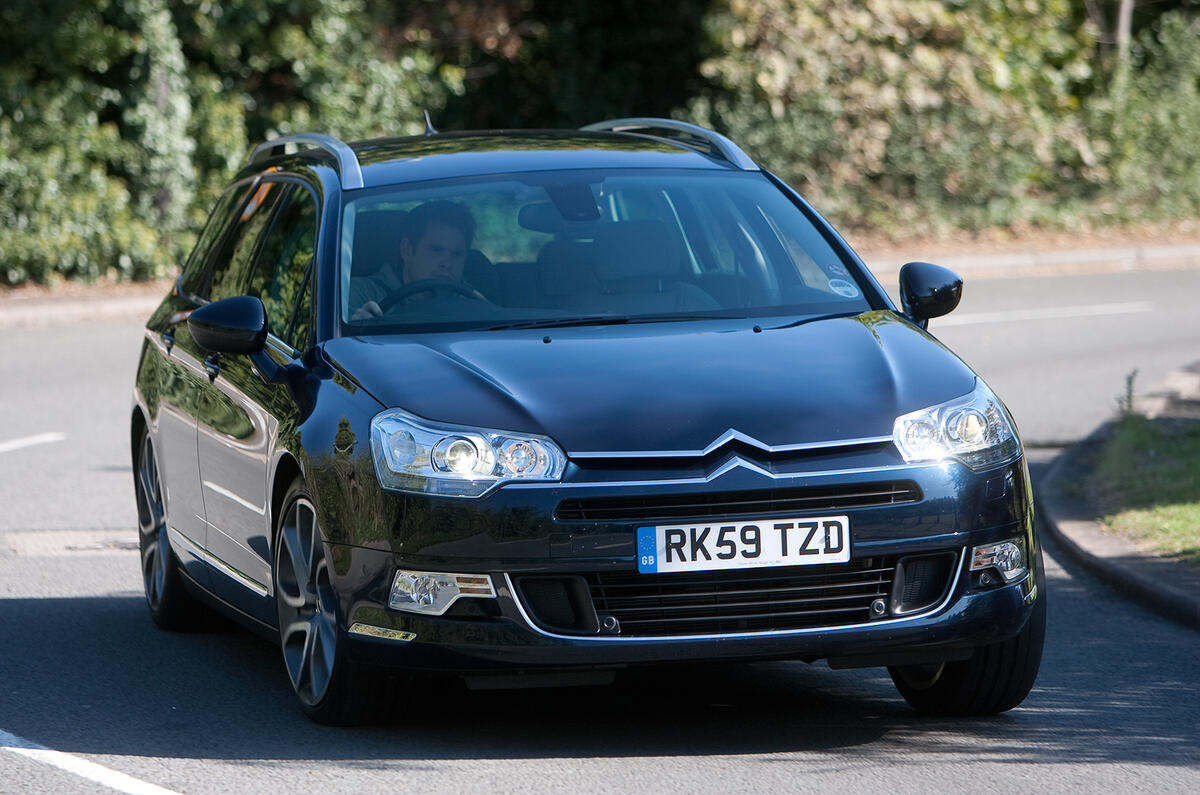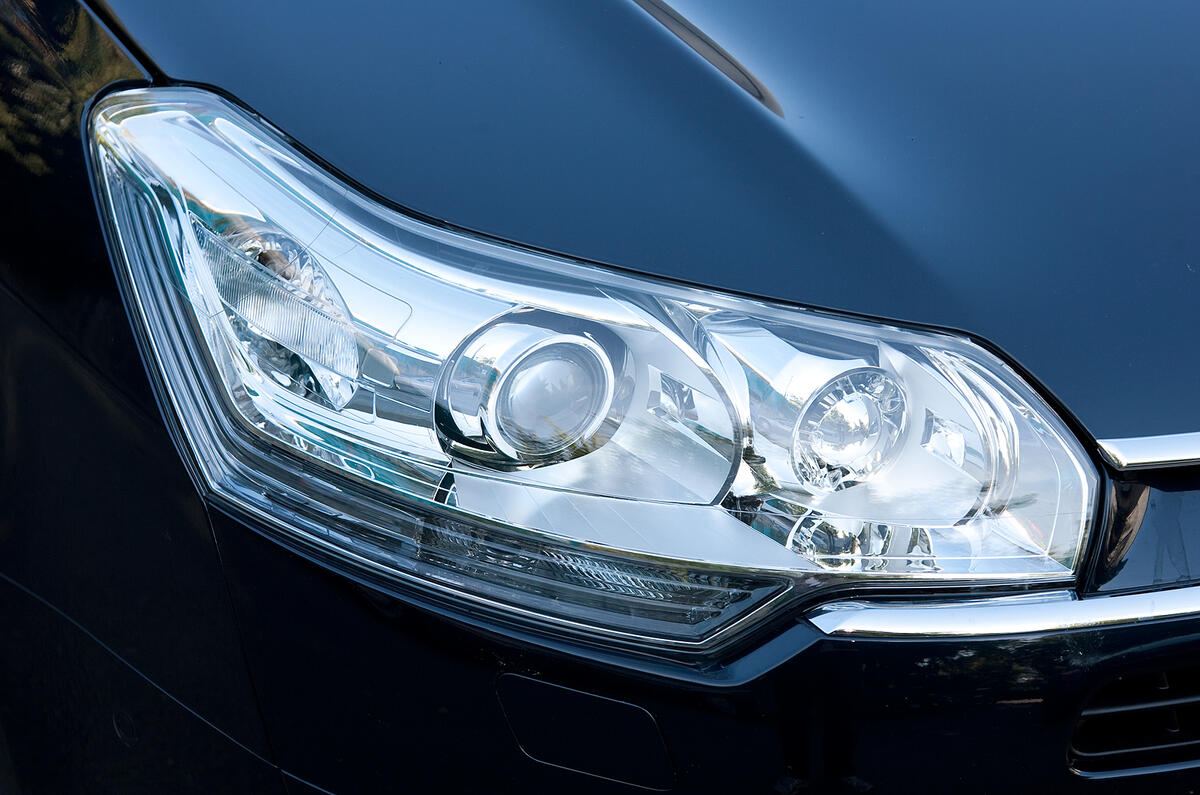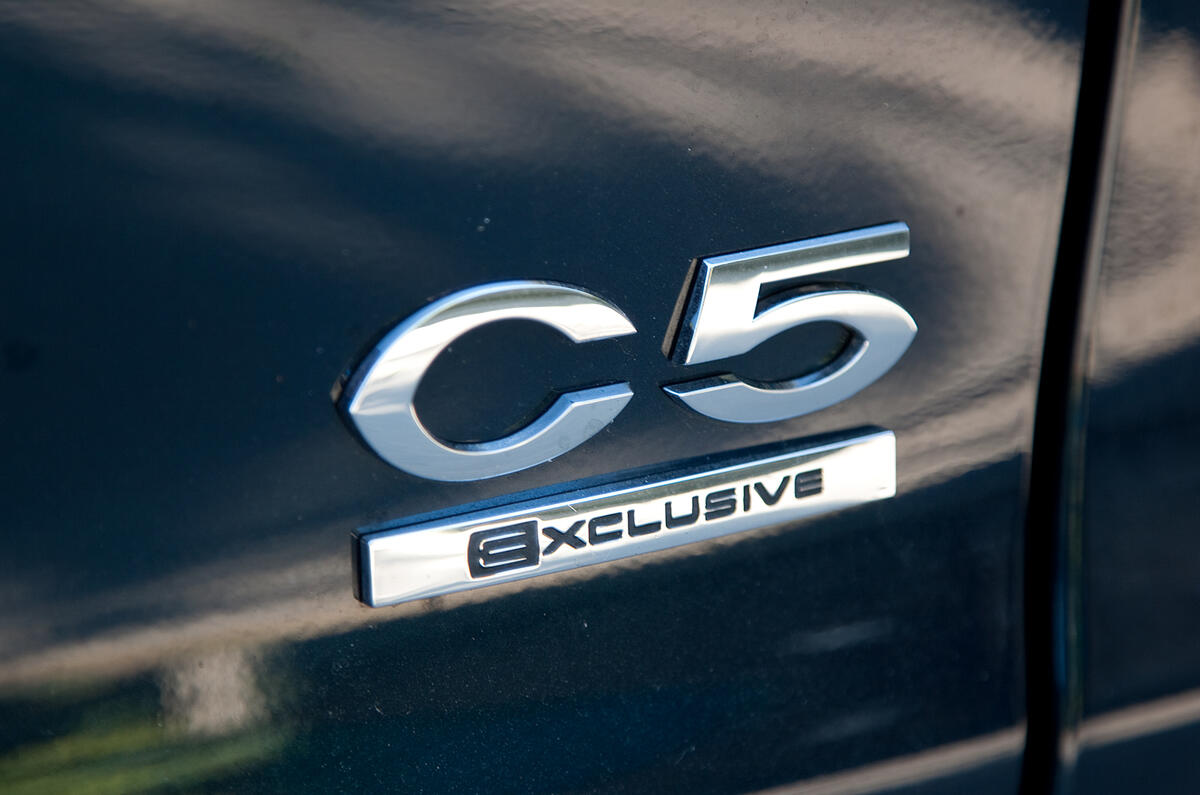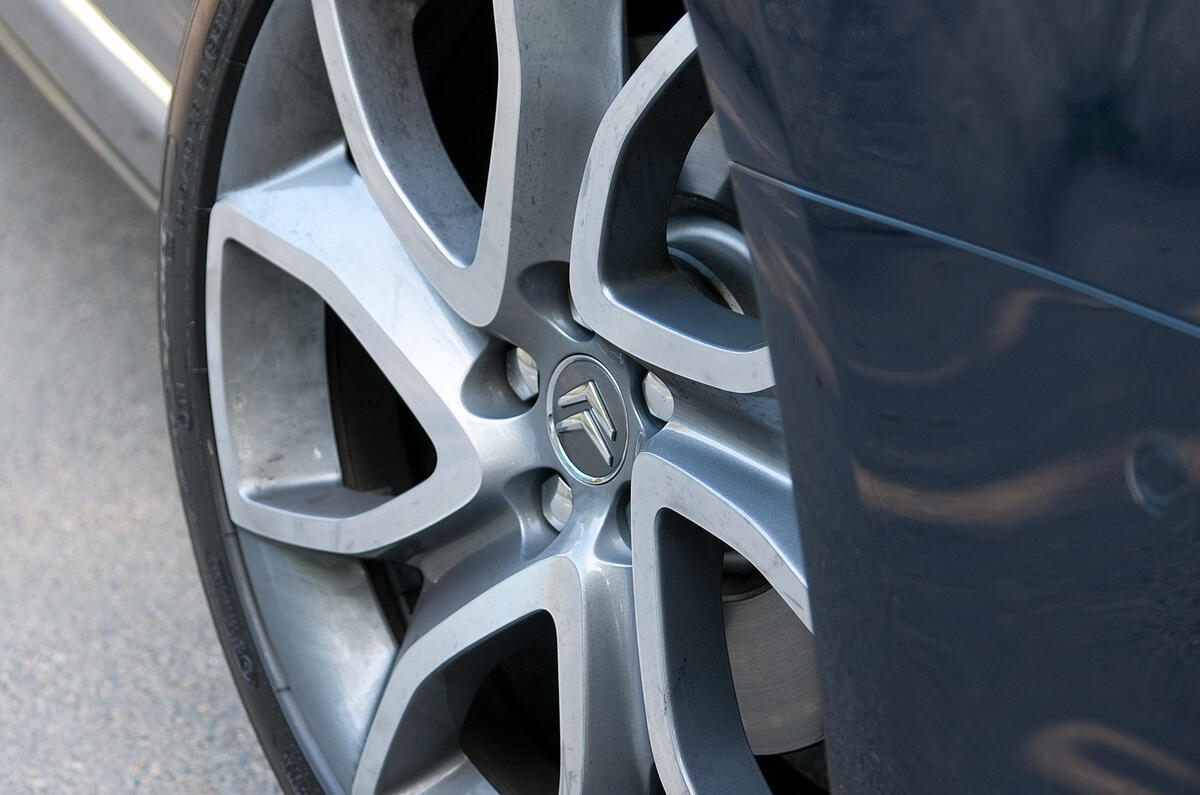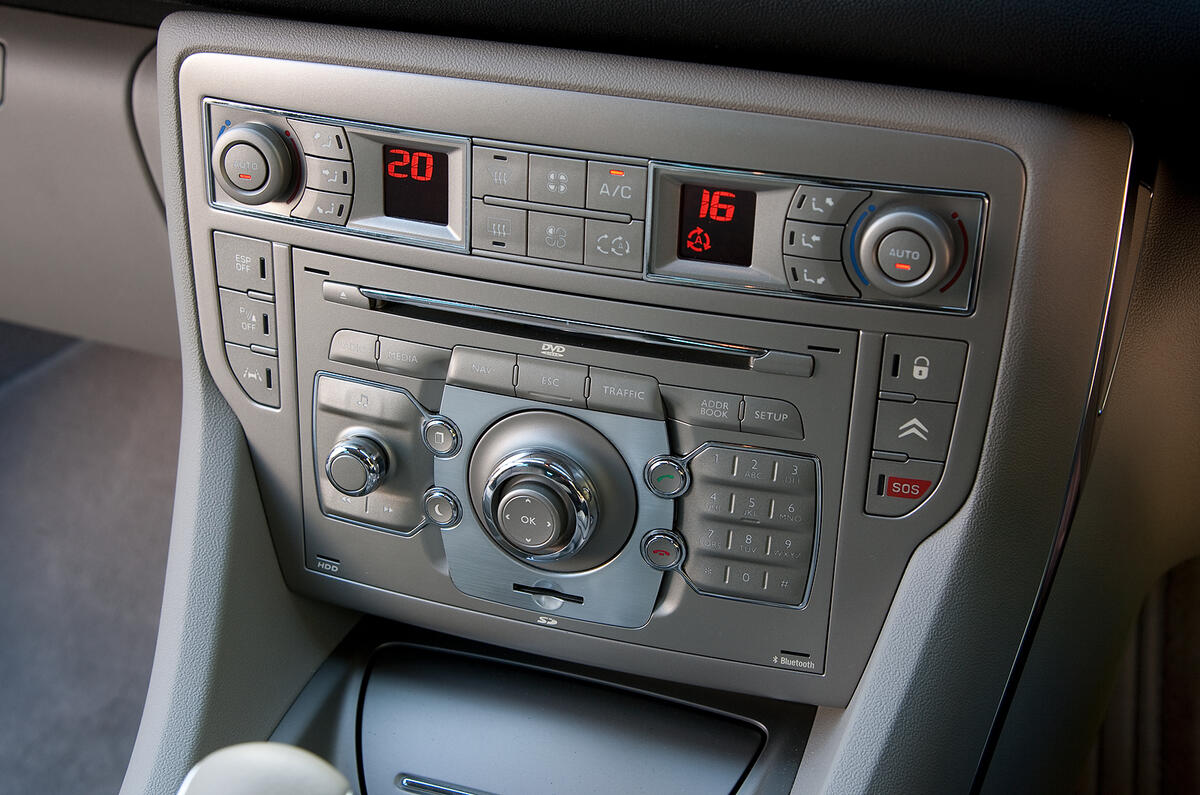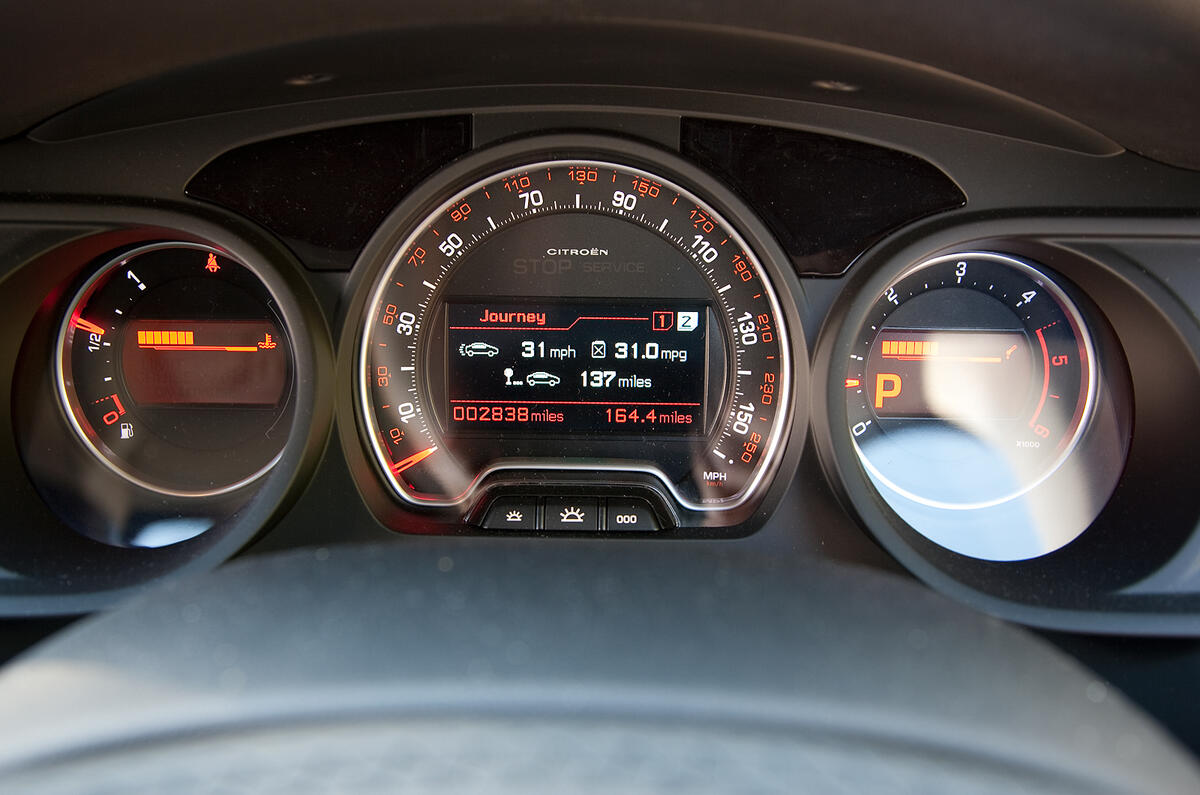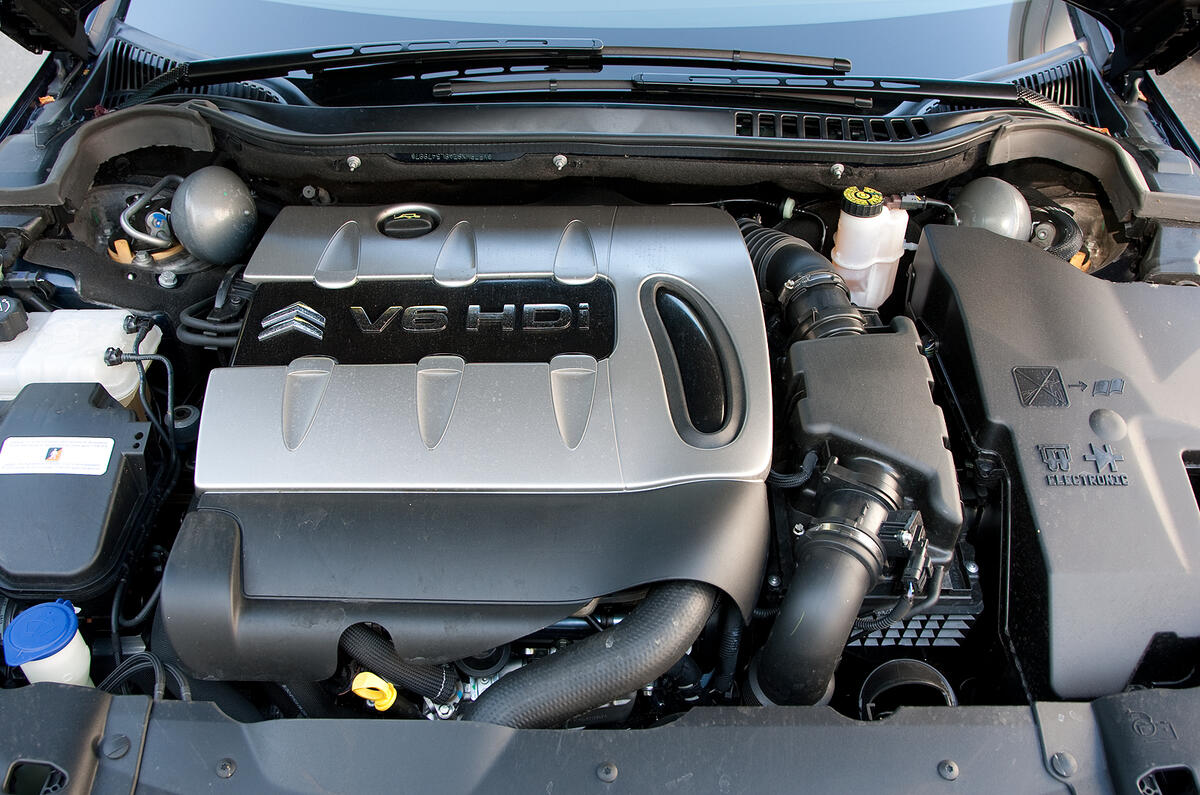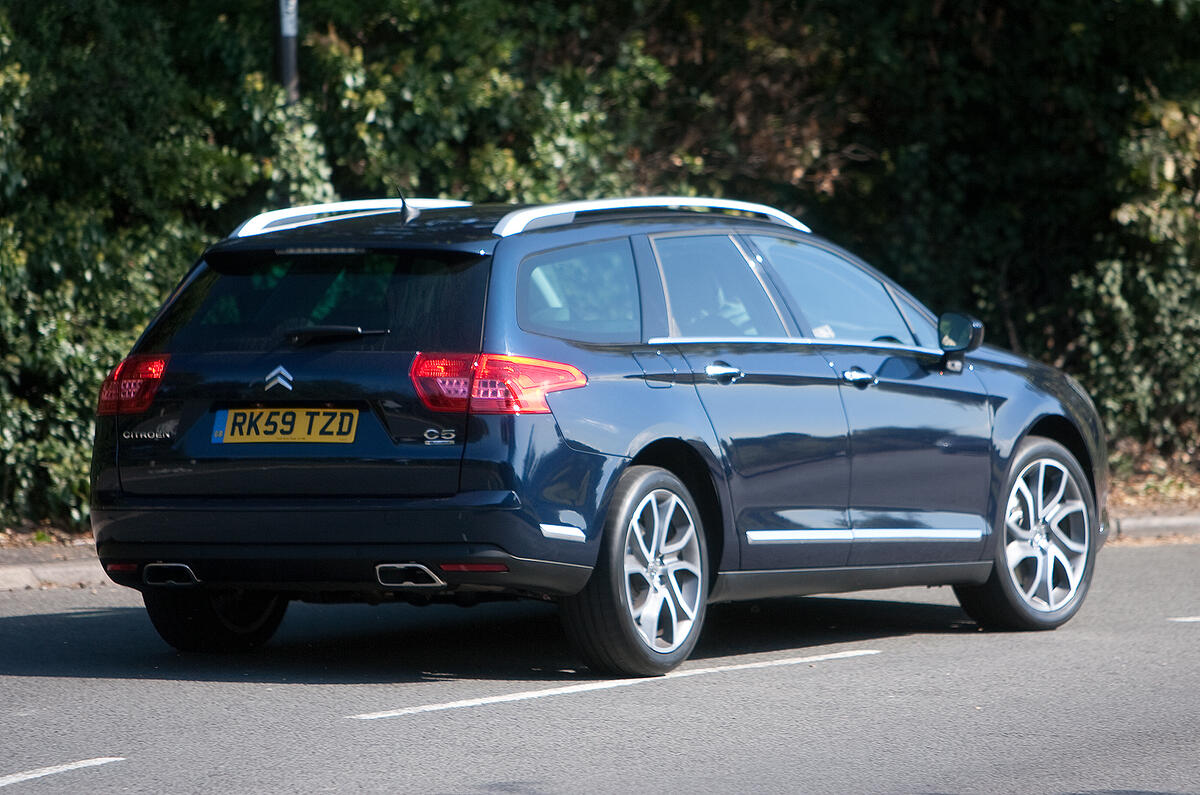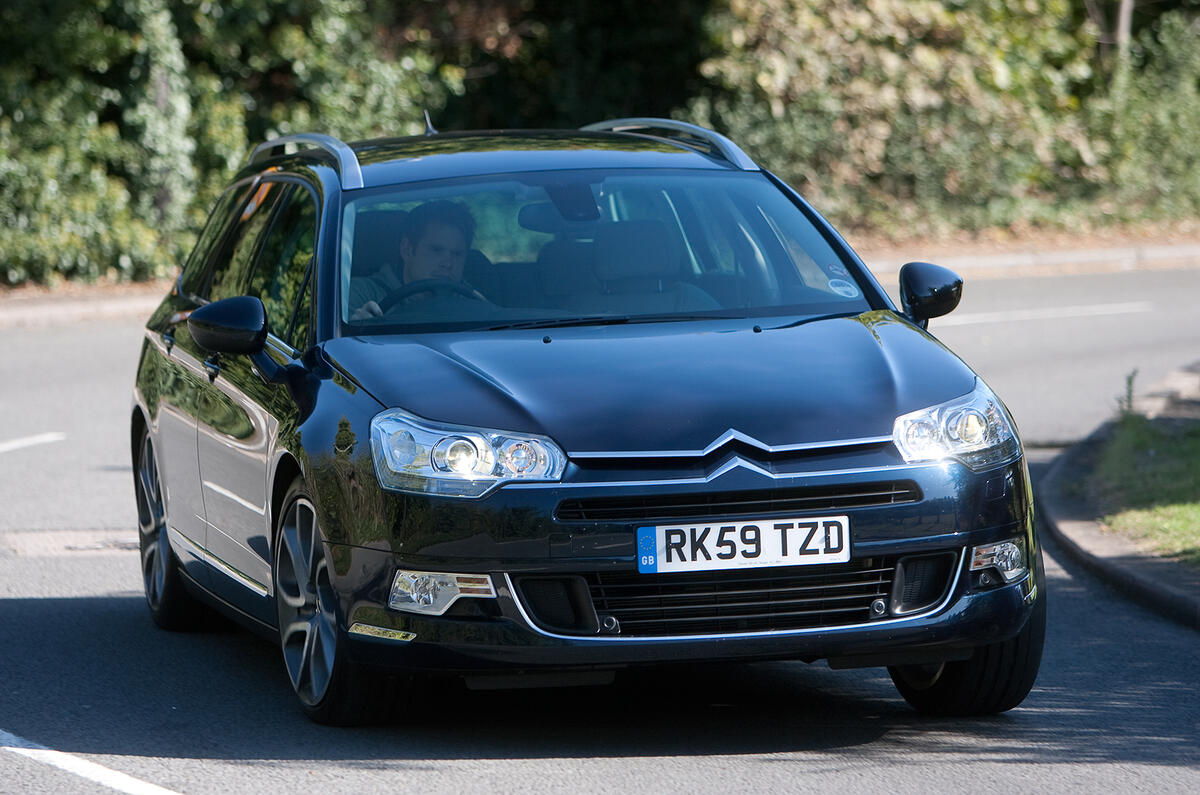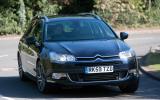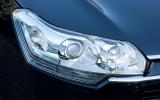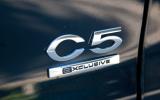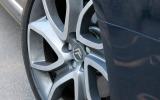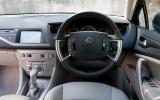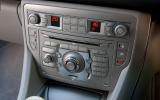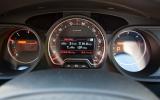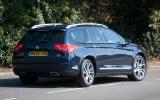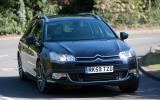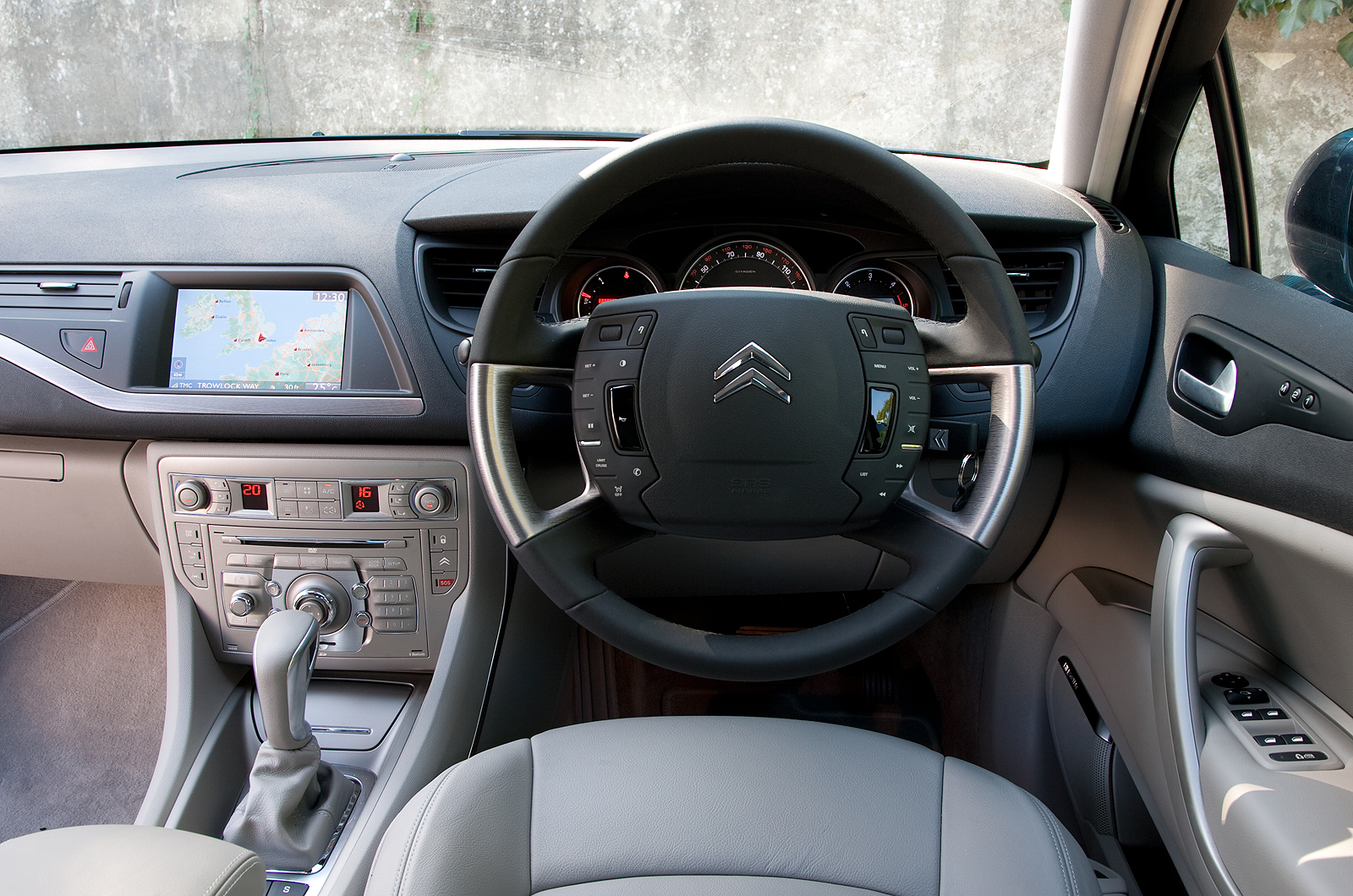Citroën's key objective with its C5 Mondeo-chaser is to identify what makes German designed cars so successful, and emulate it. In this, they've been quite successful. The car is mechanically related to the C6, a considerably more expensive car, which is a good place to start.
At the time of the C5’s launch, Citroën claimed its then-new Mondeo rival was “Reassuringly German. Unmistakably Citroën.” Considering how deliberately French Citroën has always been over the years, it’s surprising and — and for some a little disappointing — to discover so much influence from Germany’s premium marques within the genes of the all-new C5.
Look closely and you can detect Germanness in most aspects of the car. Not merely in its admittedly handsome looks but also in its marketing thrust, its interior… you name it, the C5 oozes German-ness.
The C5 is a good looking car in a traditional, square-jawed kind of way and, at first glance, appears to be extremely well built, decently equipped and very obviously more premium in feel than its predecessor.
used Citroen C5 2008-2016 cars for sale



